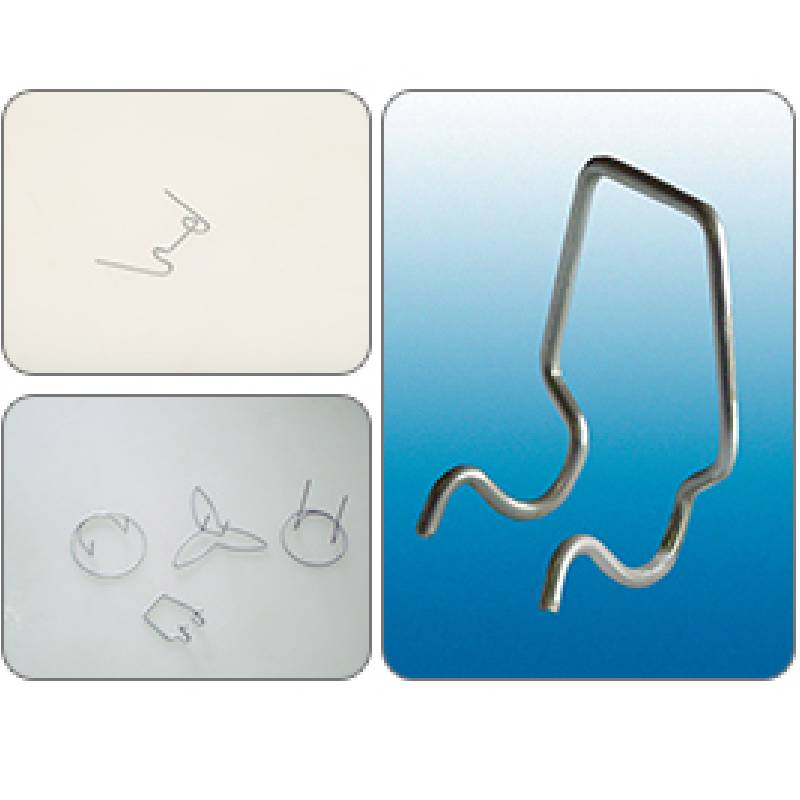
- Mobile Phone
- +8613931874955
- sales@cntcmetal.com
cattle panel
Understanding Cattle Panels A Versatile Tool for Livestock and Agricultural Needs
Cattle panels are an essential component in the infrastructure of livestock management and agricultural practices. Designed primarily for containing cattle, these sturdy, grid-like structures have evolved to serve a myriad of purposes beyond their original intent. Ranging from simple fencing solutions to creative agricultural endeavors, cattle panels are an invaluable asset on farms and homesteads.
What Are Cattle Panels?
Cattle panels, also known as cattle gates or livestock panels, are made of welded steel rods and come in various sizes to accommodate different types of livestock. Typically, these panels are 16 feet long and 50 inches tall, featuring horizontal and vertical rods that create a grid pattern. This design ensures durability while still allowing for visibility and air circulation—a critical factor for the health and welfare of the animals.
Reasons to Use Cattle Panels
1. Security and Containment The primary function of cattle panels is to keep livestock secure and contained within designated areas. This is particularly important for managing cattle, goats, sheep, and even pigs. With their robust construction, cattle panels can withstand the pushing and pulling of these animals, reducing the risk of escapes and protecting them from potential predators.
2. Versatile Uses Beyond fencing, cattle panels can be repurposed for a variety of agricultural applications. Farmers often use them to construct temporary pens for sorting and managing livestock. They can also be transformed into shelters, providing shaded areas or windbreaks for animals. Furthermore, cattle panels can be utilized in building trellises for climbing plants in gardens, enhancing both aesthetics and functionality.
3. Cost-Effective Solution Compared to traditional fencing options, cattle panels are often more cost-effective. Their durability means they require less maintenance and replacement over time, saving farmers money in the long run. Additionally, the ease of installation makes them a feasible option for those who may not have extensive experience in building livestock enclosures.
cattle panel

4. Mobility and Flexibility One of the most appealing features of cattle panels is their portability. Farmers can easily relocate panels to create new pens or modify grazing areas based on the season or specific needs of their livestock. This flexibility also allows for rotational grazing, promoting healthier pastures and reducing soil degradation.
5. Environmental Benefits Utilizing cattle panels for grazing management can lead to healthier land and better water conservation. By rotating livestock through different pasture areas, farmers can prevent overgrazing and encourage the regrowth of grass and other forage crops. This practice enhances soil quality, prevents erosion, and supports diverse ecosystems on the farm.
Caring for Cattle Panels
To ensure the longevity of cattle panels, a few maintenance practices are recommended. Regularly checking for rust and corrosion, especially in humid environments, can help preserve their integrity. Additionally, ensuring that the panels are securely anchored will prevent them from tipping or bending under pressure.
Cleaning the panels periodically removes any buildup of dirt or waste, which not only enhances their appearance but also ensures the health of the livestock.
Conclusion
Cattle panels are a versatile and practical solution for farmers and livestock owners. Their durability, flexibility, and cost-effectiveness make them an excellent investment for those managing animals or engaging in agricultural activities. As the needs of farming and ranching continue to evolve, the innovative use of cattle panels will likely expand, proving invaluable for both traditional and modern agricultural practices. Whether for security, efficiency, or creativity in the field, cattle panels remain a cornerstone of effective livestock and land management.
share:
-
Why Sacrificial Formwork Is Redefining Underground ConstructionNewsJun.06,2025
-
The Structural Dynamics of Modern Concrete: How Snake Spacers Revolutionize Flexible ReinforcementNewsJun.06,2025
-
Snake Spacers Smart-Lock Concrete Reinforcement with Surgical PrecisionNewsJun.06,2025
-
Snake Spacers: Reinforcement Precision for Modern Concrete ProjectsNewsJun.06,2025
-
Snake Spacers Powering Concrete's Structural DNANewsJun.06,2025
-
Slither into Success: Snake Spacers' Precision Bite for Unbreakable ReinforcementNewsJun.06,2025
-
Sacrificial Formwork: Building Stronger, Faster, and Safer StructuresNewsJun.06,2025



















